A conservation project is helping beekeepers and giant armadillos coexist in Brazil.
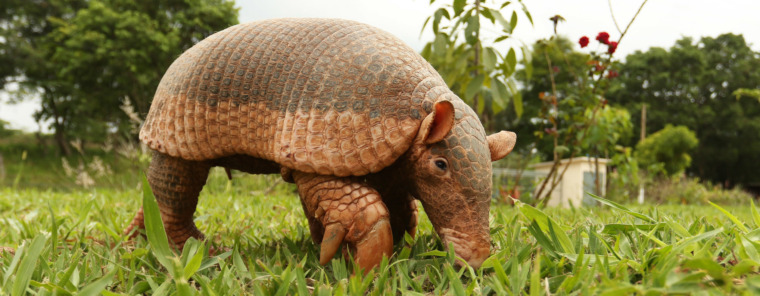

A conservation project is helping beekeepers and giant armadillos coexist in Brazil.
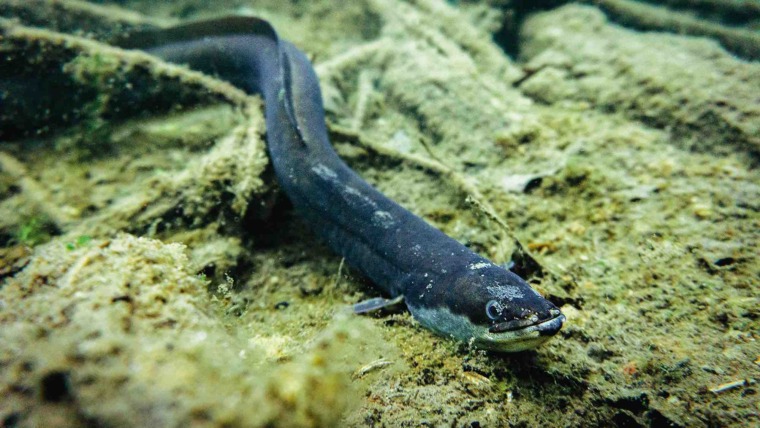
Conservationists in Italy are creating passages in rivers to help critically endangered European eels migrate.
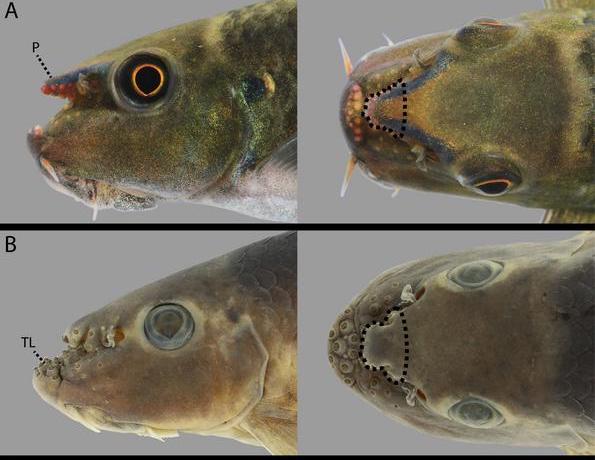
A type of garra fish that is popular in aquariums is discovered to be a new-to-science species!
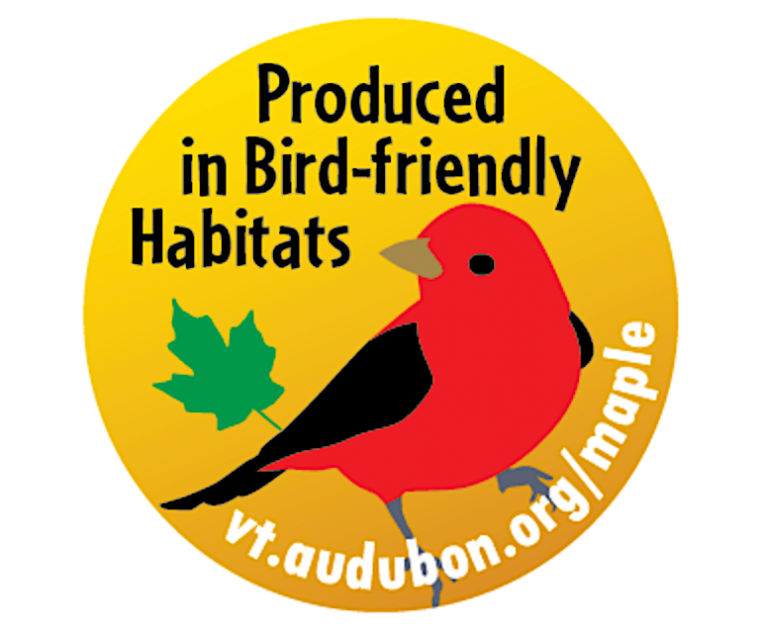
In Vermont, the Bird-Friendly Maple Project is helping to make tasty maple syrup AND protect habitat for birds.

Humans have big brains. Elephants have even bigger brains. And like us, they are also good at puzzles.
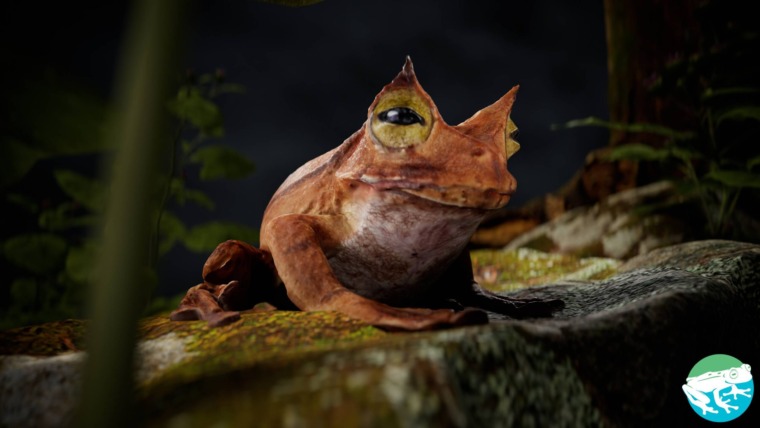
A conservation photographer has created tech that can scan live animals in 3D.
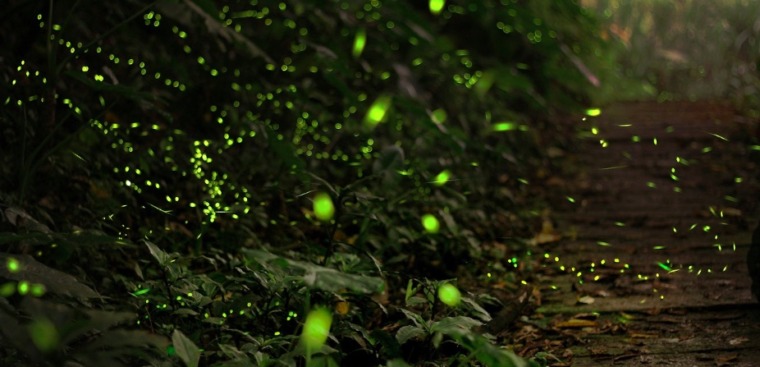
Fireflies have enchanted people for millions of years. They are light-emitting insects.
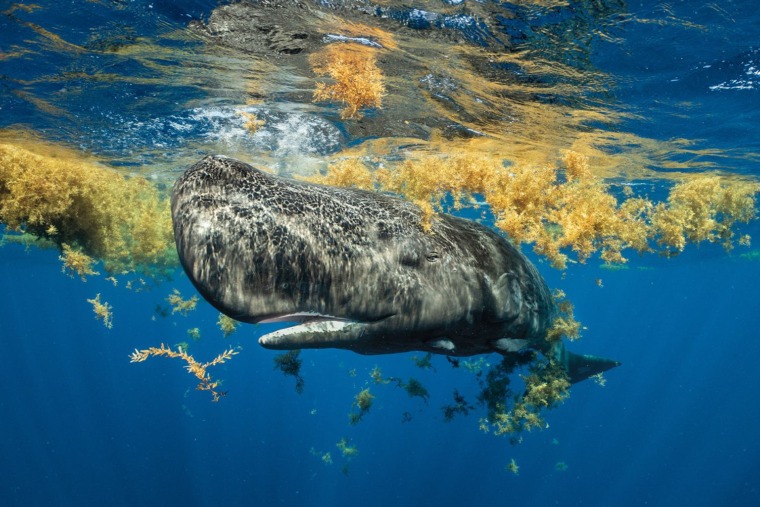
The tiny island nation of Dominica is creating a special reserve to protect endangered sperm whales.
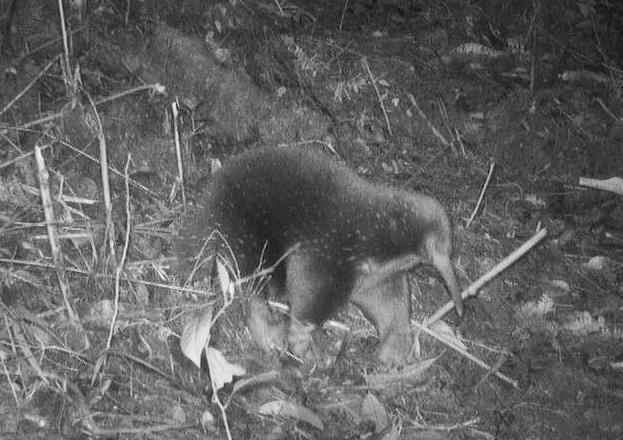
A spiky, beaked, egg-laying mammal has been making headlines around the world …

A new species of mangrove-living tarantula was recently discovered in Thailand and it is a stunner!
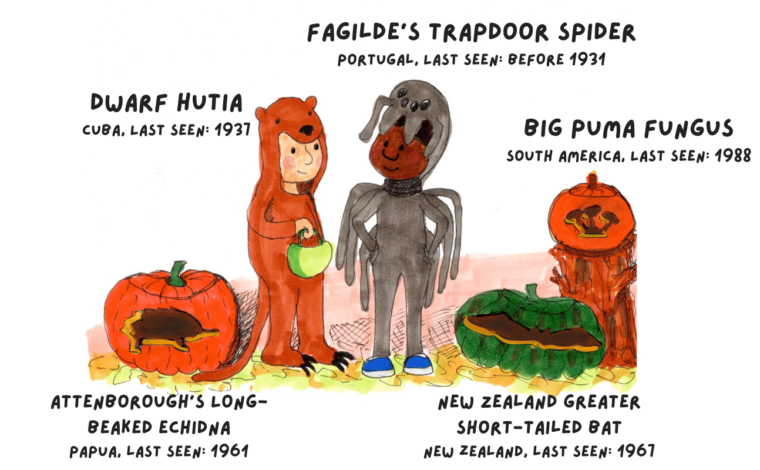
The first annual Lost Species Month celebrates the plants, animals, and fungi that have disappeared but may actually be hiding somewhere out there on our great planet.
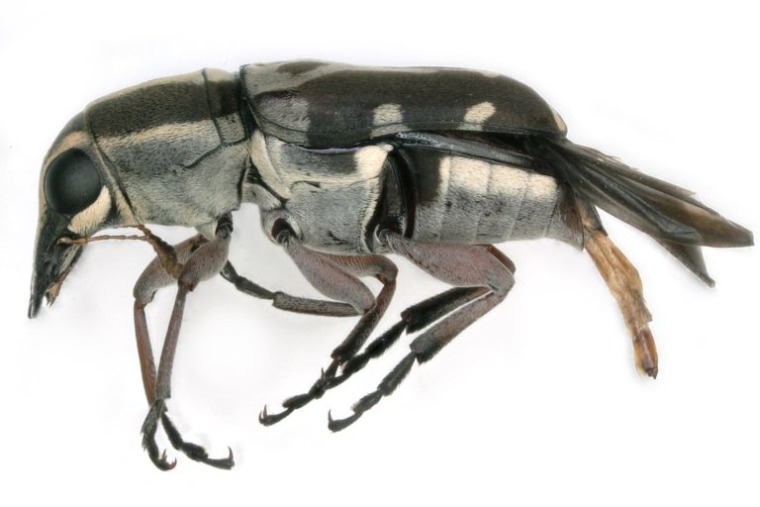
Nets attached to a tall tower in the Amazon have trapped thousands of insects at surprising heights!